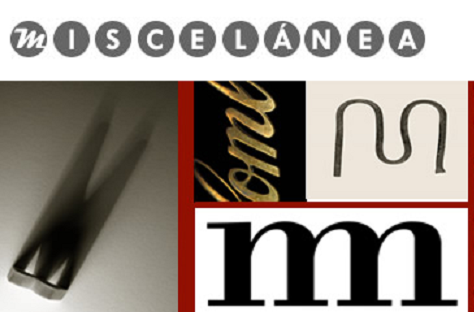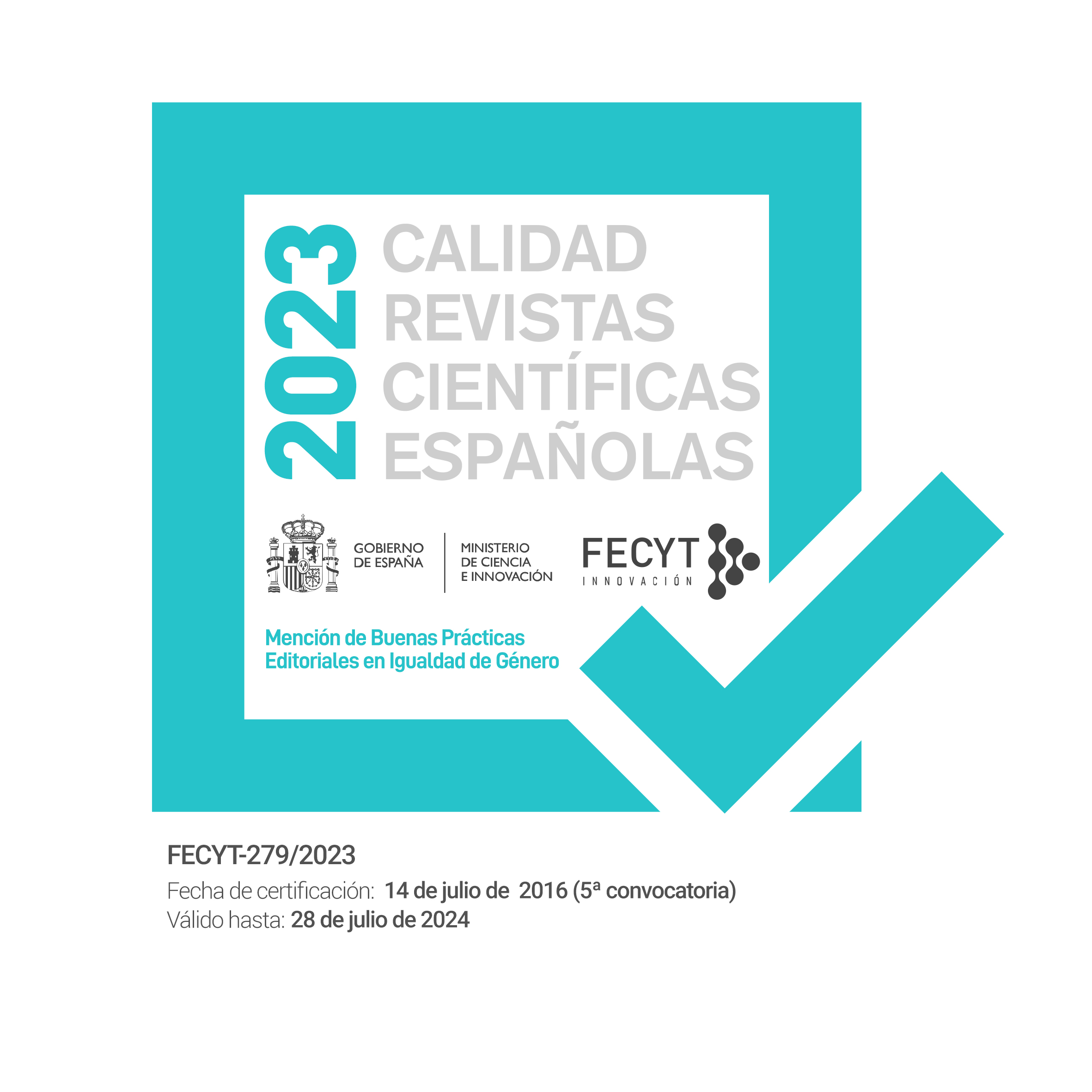Rhetorical Structure and Reader Manipulation in Agatha Christie's Murder on the Orient Express
DOI:
https://doi.org/10.26754/ojs_misc/mj.20099713Keywords:
rhetoric, stylistics, Rhetorical Structure Theory, detective fiction, Agatha ChristieAbstract
This paper describes Agatha Christie’s use of rhetoric to convince readers of the ‘truth’ of her detective’s solution in The Murder on the Orient Express, and uses an adaptation of Rhetorical Structure Theory (RST) designed for analyses of long extracts of a narrative text. The paper aims to demonstrate firstly the rhetorical practice of Christie, and secondly to demonstrate a tabular, non-diagrammatic exposition of RST, with some suggestions for future alterations to this method.
Downloads
References
Alexander, Marc. 2004. Marilyn and the Goats: Aspects of Persuasion and Evaluation in a Popularized Probability Problem, M.A. thesis, Glasgow: University of Glasgow.
—. 2006. Cognitive-Linguistic Manipulation and Persuasion in Agatha Christie, M.Phil. thesis, Glasgow: University of Glasgow.
Bateman, John and Judy Delin. (1994) 2006. “Rhetorical Structure Theory”. In Brown, Keith (ed.) Encyclopedia of Language and Linguistics. Amsterdam: Elsevier, vol. 10: 588-596.
Beehler, Sharon A. 1988. “Close vs. Closed Reading: Interpreting the Clues”. The English Journal, 77(6): 39-43.
Brooks, Peter. 1984. Reading for the Plot: Design and Intention in Narrative. Oxford: Clarendon.
Christie, Agatha. 2001. Murder on the Orient Express. London: HarperCollins.
—. 2003. And Then There Were None. London: HarperCollins.
—. 2004. Poirot: The Perfect Murders. London: HarperCollins.
Cockroft, Robert, and Susan Cockroft. (1992) 2005. Persuading People: An Introduction to Rhetoric. Basingstoke: Palgrave Macmillan.
Grella, George. 1970. “Murder and Manners: The Formal Detective Novel.” NOVEL: A Forum on Fiction, 4(1): 30-48.
Hark, Ina R. 1997. “Impossible Murderers: Agatha Christie and the Community of Readers”. In Delamater, Jerome H. and Ruth Prigozy. (eds.) Theory and Practice of Classic Detective Fiction. Westport, CT: Greenwood Press: 111-119.
Hoey, Michael. 2001. Textual Interaction: An Introduction to Written Discourse Analysis. London /New York: Routledge.
Leech, Geoffrey and Michael Short. 1981. Style in Fiction: A Linguistic Introduction to English Fictional Prose. London: Longman.
Mann, William C. and Sandra A. Thompson. 1987. Rhetorical Structure Theory: A Theory of Text Organization (ISI/RS-87-190). California: University of Southern California Information Sciences Institute.
—. 1988. “Rhetorical Structure Theory: Toward a Functional Theory of Text Organization.” Text, 8(3): 243-281.
Mauranen, Anna. 1993. Cultural Differences in Academic Rhetoric. Frankfurt: Peter Lang.
Osborne, Charles. 1999. The Life and Crimes of Agatha Christie. London: Harper Collins.
Palmer, Jerry. 1991. Potboilers. London: Routledge.
Swales, John M. 1990. Genre Analysis : English in Academic and Research Settings. Cambridge: Cambridge U. P.
Taboada, Maite and William C. MANN. 2006. “Rhetorical Structure Theory: Looking Back and Moving Ahead.” Discourse Studies, 8(3): 423- 459.
Wagstaff, Vanessa and Stephen Poole. 2004. Agatha Christie: A Reader’s Companion. London: Aurum Press.
Downloads
Published
How to Cite
Issue
Section
License
Copyright (c) 2009 Marc Alexander

This work is licensed under a Creative Commons Attribution-NonCommercial 4.0 International License.


